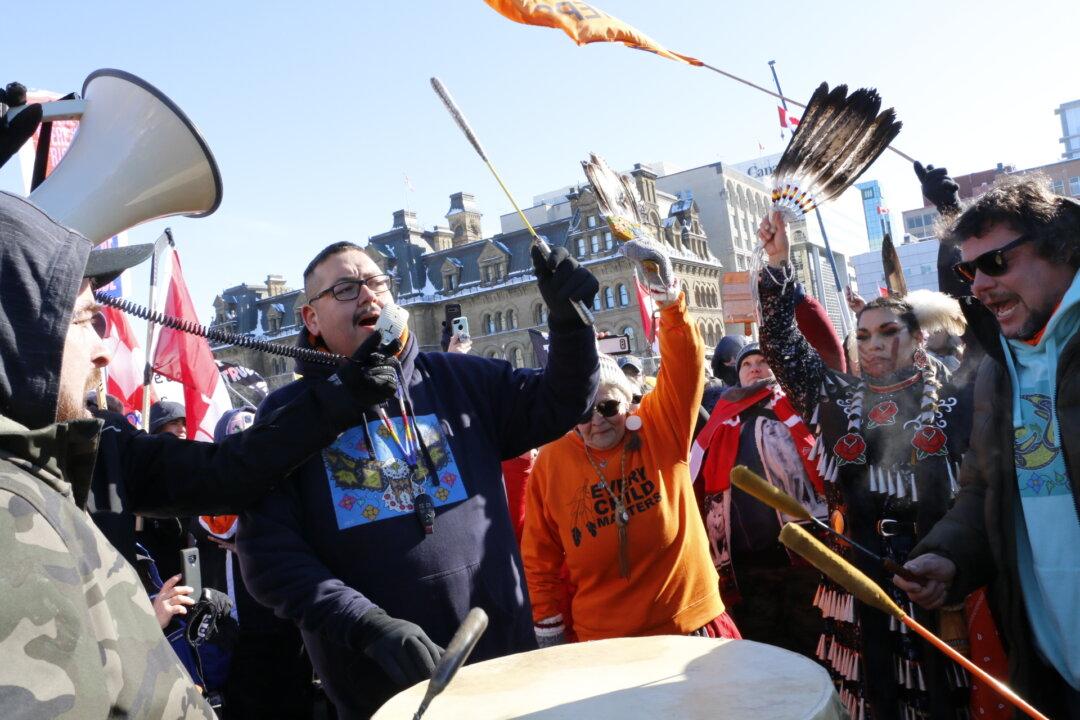In a confidential memo between legal counsel for the Ottawa Police Service and deputy chief Steve Bell, lawyers advised that police should take extra care with Freedom Convoy demonstrators who may be indigenous.
The memo, portions of which were published by Blacklock’s Reporter on Nov. 9, was written just a few hours before convoys and trucks started to arrive in Ottawa on Jan. 28 for what became the largest peaceful protest in Canadian history. Some First Nations people participated in the protest.





